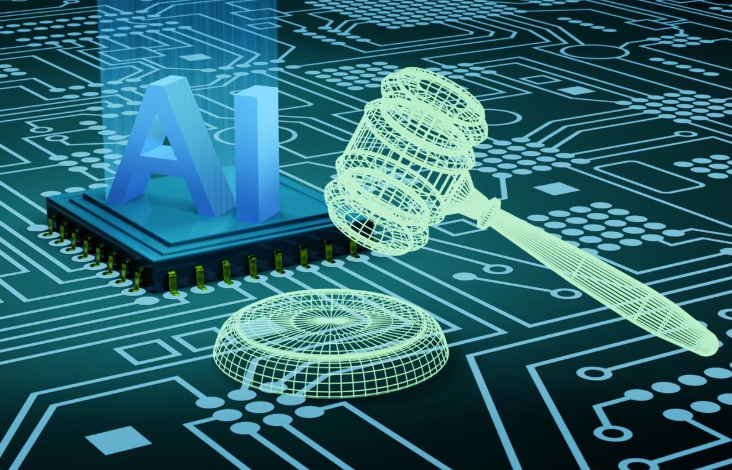Model Watermarking for Generative Outputs: Embedding Invisible Patterns for Authenticity and Trust

Imagine an artist painting under moonlight. Every brushstroke is theirs, but before they leave the canvas, they add a secret mark—a faint swirl hidden beneath the layers of colour, invisible to the casual observer. This invisible mark protects their creation from forgers, confirming its origin long after it leaves their hands. In the digital world, model watermarking plays the same role. It embeds silent patterns inside generative outputs—text, images, audio, or video—making it possible to verify their authenticity and trace their origins, even when deepfakes and synthetic content blur the boundaries of truth.
The Hidden Signature: Understanding the Need for Model Watermarking
Generative models today are capable of mimicking human creativity—producing poems, portraits, and even speeches that sound real. But this power has a flipside. It becomes increasingly difficult to tell whether a piece of media was made by a human or generated by an AI model. The invisible signature of watermarking acts as the moral compass of this digital renaissance. It ensures creators and users alike can distinguish authenticity from imitation.
As industries adopt advanced tools and frameworks, professionals who pursue a Gen AI certification in Pune are beginning to learn how this technology safeguards intellectual property. Model watermarking is not about censorship—it’s about traceability. It plants a digital seed that silently declares, “This creation was born from code.”
How Invisible Patterns Preserve Truth
The beauty of watermarking lies in its subtlety. Unlike visible watermarks that stamp a logo over an image, these patterns live beneath the surface. They exist in minute fluctuations of pixel values, text token distributions, or sound wave modulations—imperceptible to the human eye or ear but detectable through cryptographic techniques.
Think of it like weaving a unique thread through the fabric of every generated sentence or image. The pattern doesn’t change the content’s appearance, but it carries a hidden signature that can later be decoded. This process helps authorities or developers trace deepfakes, misinformation, or unauthorised model use. It’s a silent contract between technology and accountability, one that quietly restores trust in an era of manipulated realities.
The Science of Stealth: Techniques Behind Watermarking
Model watermarking can be achieved through clever algorithmic design. For text, developers may subtly adjust word probabilities—tweaking the model’s sampling process so certain words appear with predictable frequency patterns. For images or videos, pixel values can be altered within imperceptible thresholds, forming a mathematical fingerprint.
These techniques draw inspiration from steganography—the ancient art of hiding messages in plain sight. But unlike old-school code words or hidden letters, AI watermarks require statistical precision. The challenge lies in making the watermark robust yet invisible. It should survive compression, editing, and even attempts at erasure. When a malicious actor tries to manipulate the output, the underlying watermark should still whisper its origin to the algorithms trained to listen.
Incorporating such methods requires careful engineering, something many data professionals explore through specialised programs like a Gen AI certification in Pune, which delves into modern AI governance and safety mechanisms.
Deepfake Dilemmas and the Ethics of Authenticity
The deepfake phenomenon has transformed from a technical curiosity to a societal concern. From political misinformation to identity theft, deepfakes have tested our ability to discern truth. Model watermarking rises as a countermeasure—a subtle guardian against manipulation. It enables forensic detection tools to verify the source of digital content and trace whether it was generated by an authorised system.
However, this technology comes with its own ethical puzzles. Who decides when watermarking is applied? Should every AI-generated image be traceable? What happens when privacy and provenance clash? These questions shape the next phase of AI governance, where transparency must coexist with creative freedom. Watermarking, therefore, becomes not just a technical safeguard but a philosophical statement—an agreement between innovation and integrity.
See also: How Liveness Detection Technology Is Combating Deepfake Threats
Watermarking and the Future of Digital Trust
As generative systems evolve, watermarking may become as essential as encryption. Governments, platforms, and AI companies are already collaborating to build standards for traceability. Future content verification systems might automatically scan for embedded patterns, displaying a small indicator: “AI-generated and verified.”
The long-term vision is not control but confidence. When users can trust what they see, the entire digital ecosystem becomes healthier. For instance, journalists verifying sources, filmmakers ensuring originality, or educators validating submissions—all will rely on these invisible markers. It’s a quiet revolution that protects truth without stifling creativity.
In classrooms and corporate labs, students who pursue advanced learning through programs like the Gen AI certification in Pune will likely lead this transformation. They’ll learn to balance creativity with accountability, building systems that are both powerful and principled.
Conclusion: The Art of Silent Truth
Model watermarking is the silent truth-teller in a world of digital illusions. It doesn’t shout, it doesn’t alter what we see—it simply endures, hidden yet powerful. Just as the artist’s invisible signature preserves the story behind a masterpiece, watermarking ensures that generative content carries a trace of its origin, a whisper of authenticity in the noise of infinite creation.
In the coming decade, as generative AI continues to shape art, media, and communication, watermarking will emerge as a moral and technical foundation of trust. It reminds us that in the pursuit of creativity, accountability is not a constraint—it is the mark of craftsmanship in the age of machines.




